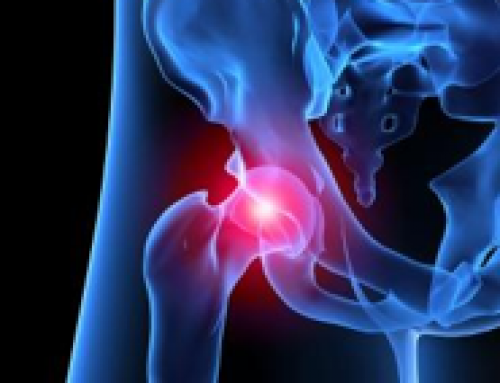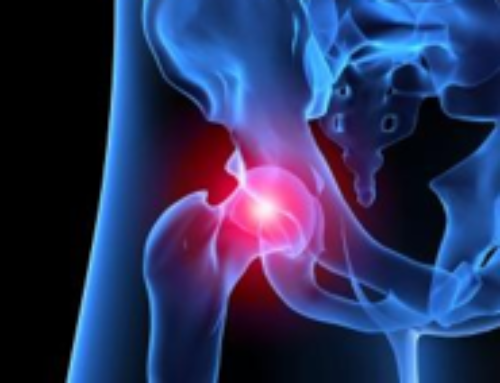Trochanteric bursitis is caused when the bursa at the outside of the hip become inflamed. This is a very common cause of hip pain which can come as the result of overusing this joint, injuring the hip, sitting or standing with incorrect posture, hip bone spurs, calcium deposits or stress on the soft tissues.
In some cases patients will develop trochanteric bursitis after a surgical procedure. If bursitis develops, you may need to obtain treatment in order to relieve your discomfort.
Effective Treatments for Trochanteric Bursitis
Reducing Activity- Activities that trigger bursitis discomfort should be eliminated from your routine as much as possible. This includes restricting activities such as long walks or climbing lots of stairs.
Athletes may need to take a rest period from their sport until their symptoms are resolved, they pass a physical examination or they are able to perform drills for their sport without discomfort.
Cross Training- Athletes will need to follow a set training schedule that will work with their condition. Avoid undirected activities on a banked surface that could put excess pressure on the hip. If you must run on an embanked surface, spend half the time running in one direction and half on the other so you do not overwhelm tissues on one side of your body.
If you typically run, then try swimming more often.
Medications – NSAIDS may be very effective for ITB treatment. This may be oral, topical or in the form of an injection. These may relieve pain for months at a time.
Physical Therapy – PT for IT band syndrome can help relieve the pain. This may involve stretching or strengthening of the hip.
Surgery- In most cases patients will not require surgery for trochanteric bursitis but if other treatments are ineffective your doctor can recommend an appropriate course of action. An ITB release combined with a subgluteal bursectomy is helpful in relieving discomfort with minimal risk of side effects following the procedure.
Long Term Monitoring- You should reevaluate your condition around one month after beginning treatment for trochanteric bursitis. Your Los Angeles orthopedic surgeon will determine if your therapy is effective. They may also apply corticosteroid injections to areas experiencing bursitis irritation to reduce your discomfort. You will likely need an additional follow-up after an injection to check for signs of inflammation or infection in this area.
Considerations for Bursitis Treatment
Several treatments are available when bursitis treatment begins to affect the hip. Resting, seeing your doctor for an injection, applying local anesthetics, taking NSAID pain relievers or applying an ice pack can all prove helpful. You may also find that extracorporeal shock wave therapy can help to reduce symptoms. However, not all of these treatments are appropriate for everyone.
Elderly patients will need to exercise caution when using NSAID pain relievers. Pregnant women may also need to avoid these medications and may not be able to undergo  corticosteroid injections. Those in the third trimester are at particular risk for side effects of these procedures.
corticosteroid injections. Those in the third trimester are at particular risk for side effects of these procedures.





